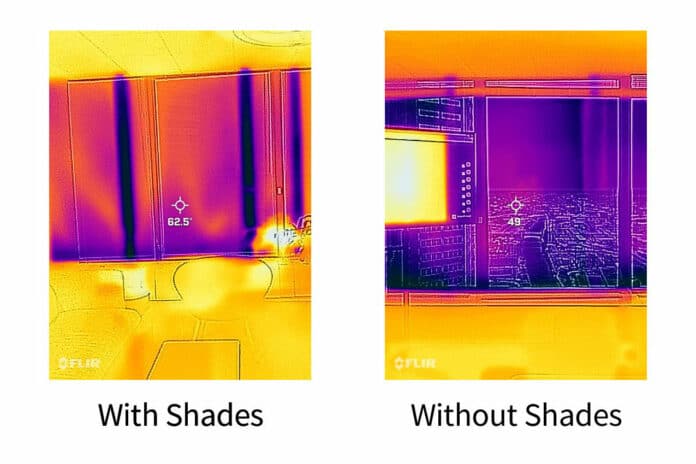Temperature regulation accounts for a major portion of the energy used by buildings. According to a landmark study conducted by Illinois Institute of Technology researchers at Willis Tower, automated insulating window shades can reduce energy consumption by up to one-quarter. That, they found, is more than enough to recoup the cost of installation within three to five years.
The study showcases a promising path for sustainability and energy efficiency in architectural design.
In climates similar to Chicago, temperature regulation typically accounts for 30–40% of the energy used by buildings. To this end, the research team focused on the role of window shades, which are often overlooked in energy-saving solutions. They found that insulating window shades can dramatically reduce energy consumption in both heating and cooling seasons.
The study was conducted over a ten-month period in collaboration with Parata Solutions LLC and Amatis Controls at the Equity Office at Willis Tower. The building has single-paned windows and a high window-to-wall ratio. The study tested three different control strategies for Parata’s patented insulating shades, which included fully manual control, a predefined schedule, and a sensor-based system considering factors such as outdoor conditions and room occupancy.
The team compared the energy use for the different strategies and found that the use of the motorized shades provided around a 25% decrease in energy use during both heating and cooling seasons. Even more significant was the positive response from office users, with 80% expressing a preference for the new shades over the old blinds.
“Working with Mohammad Heidarinejad and his team at Illinois Institute of Technology was a game changer for our company,” says Christopher Nurre, CEO of Parata Solutions LLC. “Their rigorous field measurements helped confirm the efficacy of our shade system to drastically reduce energy use while offering a solution that occupants and building owners prefer over the incumbent.”
Further research is planned to explore the effectiveness of these innovative window shades in various scenarios, such as in buildings that use natural gas, in different climates, or with windows facing different directions.
“In addition to the exciting findings of energy savings and payback period, this project served as a perfect example of the type of industry-relevant research we enjoy – combining field measurements and computer simulations to evaluate a unique strategy to save energy in one of the most famous buildings in the world,” said Brent Stephens, a co-principal investigator on the project.
